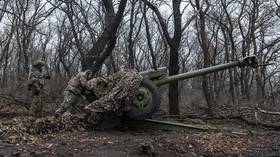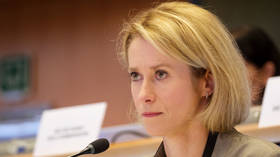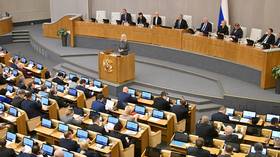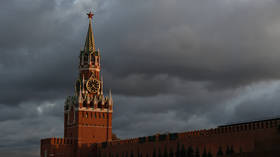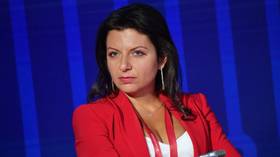Russians debate use of $US 160 billion fund
Russia's Stabilization Fund of oil revenues, which is now worth nearly $US 160 billion, has been split into a Reserve Fund and a Welfare Fund.
The former will be kept out of the economy to protect it against excessive inflation, while the latter will be invested in reforms.
$US 170 million is heading into the Russian government's coffers every day. Since 2004, the state has been collecting high taxes on oil exports, and storing them in a Stabilisation Fund, as a buffer against excessive inflation.
And the policy has been a key anchor of Russia's economic stability in recent years. The fund stood at $US 157 billion on January the 30th, but over the next few days, its being split into a reserve fund, to be kept out of circulation and a $US 32 billion National Welfare fund which will be invested with some of it earmarked for pensions and other reforms.
Now the Piggy Bank is being cracked open, the calls are already increasing to spend it all.
“It's a good time to buy right now, for Russian companies and for the Stabilization Fund,” calls the president of the Russian Union of Industrialists and Entrepreneurs Aleksandr Shokhin.
And there are those who say spending it is necessary to maintain economic growth.
“If Russia wants to grow at 10% per year, which it can do, it is not going happen simply by piling up more money in the Stabilization Fund,” reason Augusto Lopez-Claros from Global consulting Network.
The Russian government says social reform will be a top priority over the next four years and it is going to be costly, making it tempting to use more of that oil wealth.
But there is the concern that the more money the government spends, the more it detracts from the fund's original aim to stabilize the economy.
Several experts suggest Russia sets up an independent body to manage its oil money, like Norway has.
“Ultimately, you want to take the Stabilization Fund away from government control. Russia's been very fortunate because the Finance Ministry has been extremely prudent,” complimented strategist of Renaissance Capital Tom Mundy.



